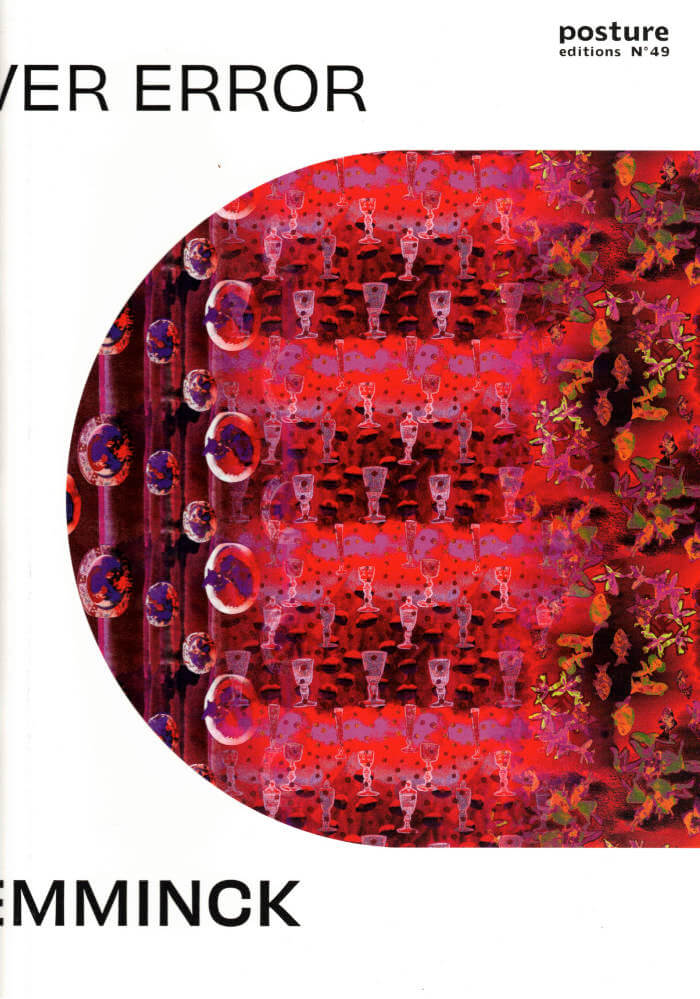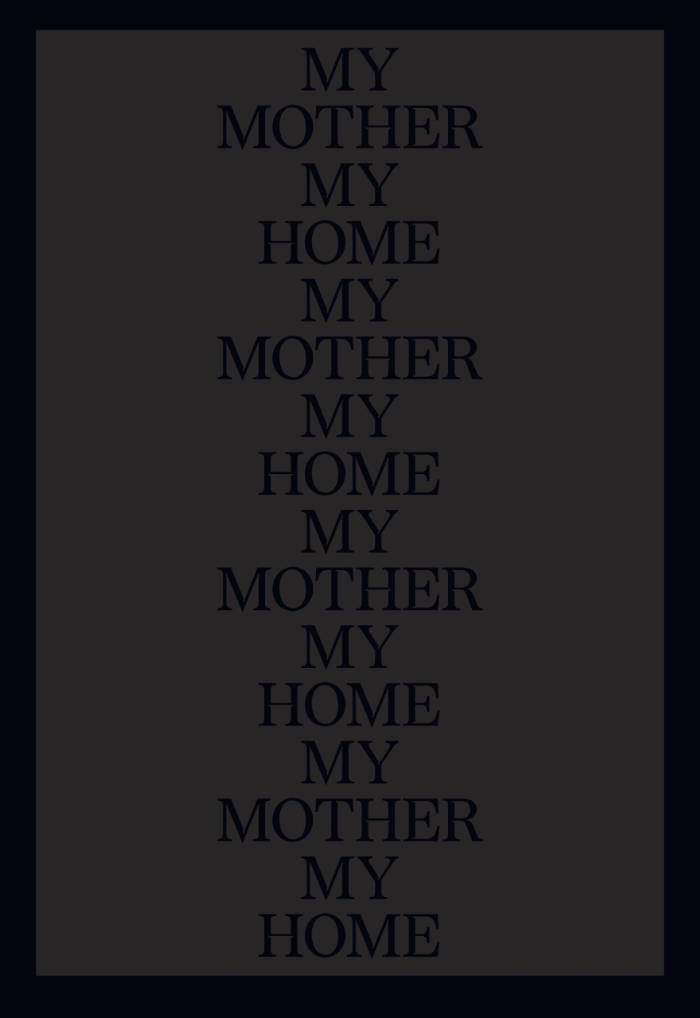
Oei
‘Oei’ is the title of a notebook that Guy Rombouts (b. 1949) filled from front to back with the word ‘oei’, during a week in the month of July in the year 1976.
(‘oei’ [uj] is a Dutch-language interjection uttered to express a spontaneous reaction to an unexpected occurrence. [The closest English equivalent would be ‘ouch’.])
Weaving this word as one long stream of thought through the pages of the book under ever-changing guises creates a primal litany in which mistakes are sung over and over again in all their impossibility.
The facsimile of the notebook ‘oei’ is published in full and full size as Posture Pockets N° 3.
‘Oei’ is also the title of the one-room exhibition at Ghent’s S.M.A.K. (31.03-14.05.2023) in which the artist bridges the early beginnings of his practice and transforms this wondrous word into a total installation.
According to Rombouts, direct communication is not possible through our language and consequently some feelings cannot be expressed. Therefore, from the 1960s onwards, he started looking for systems in which form and content could coincide as much as possible.
At the beginning of the 1980s, the acrophonic (the sound of the initial letter) Rombouts font was put on paper, where words could literally take shape again. In 1986, he and his life companion and artistic partner Monica Droste (1958-1998) renamed the intersectionless Rombouts script AZART, among other things an old French spelling of the word ‘hazard’ and also a reference to the Russian word ‘azart’ that stands for ‘in the fire of the game’.







